Suffering from a degenerative bone disease can be a very hard, difficult and quite exhausting. Therefore, it is best to know as much about these diseases as you can, learning how to recognize, prevent and treat them properly.
The term “degenerative bone disease” refers to medical conditions that cause progressive changes to bones and are mainly characterized by degeneration. This group includes several different diseases which basically affect older people.
Degenerative Bone Diseases
Osteoporosis is one of the most common degenerative bone disease. It makes the affected bones weak and brittle. As a result, osteoporotic bones are prone to fractures due to minor trauma. Even spontaneous fractures affect these patients.
The disease is more prevalent in women although it may affect men as well. Osteoporosis may occur due to poor diet that lacks calcium and vitamin D. Sedentary lifestyle can also contribute to development of this degenerative bone disease.
- The most common form of osteoporosis is known as “primary osteoporosis.” It is the result of the cumulative impact of bone loss and deterioration of bone structure as people age. This bone loss can be minimized and osteoporosis prevented through adequate nutrition, physical activity, and, if necessary, appropriate treatment.
- There are a wide variety of diseases and certain medications and toxic agents that can cause or contribute to the development of osteoporosis. If recognized as a potential threat, this form of the disease—known as secondary osteoporosis—can often be prevented through proper nutrition and physical activity, along with appropriate therapy if needed.
- A number of childhood diseases cause rickets, a condition that results from a delay in depositing calcium phosphate mineral in growing bones. This delay leads to skeletal deformities, especially bowed legs. In adults, the equivalent disease is called osteomalacia. Both diseases can generally be prevented by ensuring adequate levels of vitamin D, but they can have devastating consequences for affected individuals.
- Patients with chronic renal disease are at risk for developing a complex bone disease known as renal osteodystrophy. While dialysis and transplantation have extended the life-expectancy of these patients, it may not prevent further progression of bone disease.
- Paget’s disease of bone is a progressive, often crippling disorder of bone remodeling that commonly involves the spine, pelvis, legs, or skull (although any bone can be affected). If diagnosed early, its impact can be minimized.
- A large number of genetic and developmental disorders affect the skeleton. Among the more common of these is osteogenesis imperfecta. Patients with this condition have bones that break easily.
- Some skeletal disorders tend to develop later in life. One of the most common of these acquired skeletal disorders is a malignancy of the bone. These malignancies can originate in the bone (primary tumors) or, much more commonly, result from the seeding of bone by tumors outside of the skeleton (metastatic tumors). Primary bone cancer also occurs in children. Both types of tumors can destroy bone.
- Oral bone, like the rest of the skeleton, comprises both trabecular and cortical bone and undergoes formation and resorption throughout the life span. When oral bone loss exceeds gain, it can cause a loss of tooth-anchoring support or it can diminish the remaining ridge in those areas where partial or complete tooth loss has occurred.
Women in menopause are at higher risk for osteoporosis because their ovaries stop producing hormone estrogen which, under normal circumstances, protects the bones. In men, hormone levels also impact bone density.
Osteoporosis can affect any bone in the body but fractures of the spine and hip can have the most severe consequences. Hip fracture that usually results from a fall can lead to severe disability and even death particularly in older adults. Spinal fractures can cause loss of height, severe pain and different neurological deficits.
Therapy for Degenerative Bone Diseases
To slow bone loss, the following therapy can be prescribed: bisphosphonates, raloxifene, calcitonin, and teriparatide. Hormone therapy and physical therapy are also recommended. Nevertheless, you are advised to consult your doctor before taking any medications or engage in other forms of therapy.
Paget's Disease
Another degenerative bone disease is Paget’s disease (osteitis deformans). This disorder is featured by impaired bone remodeling process.
In Paget’s disease, normal bone is replaced by abnormal bone with lower density. Proneness to fractures also occurs. Paget’s disease develops more common with age. It is estimated that approximately between 2% and 3% of Americans suffer from it.
The exact cause for Paget’s disease has not been discovered yet but hereditary factors seem to play a role in susceptibility to the disease. Paget’s disease can affect any area of the body but it usually involves changes on the pelvis, thigh bone (femur), spine, collar bone, skull and tibia.
Initially, Paget’s disease does not cause symptoms and can be accidentally discovered during X-ray test. The first symptoms of the disease are deformities, neurologic impairment, fractures, hypervascularity and arthritis.
Depending on the affected bone, people with Paget’s disease may experience headache, hearing loss, vision loss, tingling, numbness, limping and severe pain in the affected bone. Paget’s disease can lead to bone cancer though this is a rare complication of the disease. Cancers associated with Paget's disease are osteosarcoma, fibrosarcoma and chondrosarcoma.
This degenerative bone disease is commonly treated with bisphosphonates, which are osteoporosis medications and injectable calcitonin to prevent to prevent complications. Bone pain can be treated with anti-inflammatory drugs and painkillers. Surgical treatment may be required, even though such occurrences are rare. Surgery is performed to help fractures heal, realign damaged bones, reduce pressure on nerves and replace joints that are damaged by severe arthritis.
Is Bone Bruise a Symptom of a Degenerative Bone Disease?
Bone bruise is a problem associated with the pressure placed on the bone which leads to damage of the same bone. The condition further causes a lot of pain. The problem can be detected with MRI scans.
Fortunately, bone cancer does not due to this condition. This kind of injury is most common among those who practice sports or occurs due to a direct blow to the bone, like in case of a car. The foot, ankles and knees are the most frequently affected body areas. The pain caused by this issue is great and medical help is needed immediately.
The bone bruises can cause great amount of bleeding and then the damage of the affected bone area can suffer additional damage due to the pressure applied on it. The bone bruise is not difficult to treat, but only if the treatment is appropriate and administered on time.
Since this condition is mainly triggered by injuries, thus being frequent in athletes, it is not directly connected with degenerative bone diseases. Nevertheless, as it was mentioned, when bone bruises are left untreated, they can evolve into bone cancer or lead to swelling, stiffness and acute pain.
The bone bruise can be discovered by the black-blue color and if you see this skin discoloration, see a doctor immediately.
Finally, degenerative bone diseases are serious conditions which can lead to one's skeletal deterioration and many other health issues taking place hand-in-hand with this one.
Thus, be careful, know how to notice symptoms of a degenerative bone disease and react timely, seeking medical assistance. Also, be capable of differentiating this condition from bone bruise, since the two are quite different, both in manifestation and in treatment.


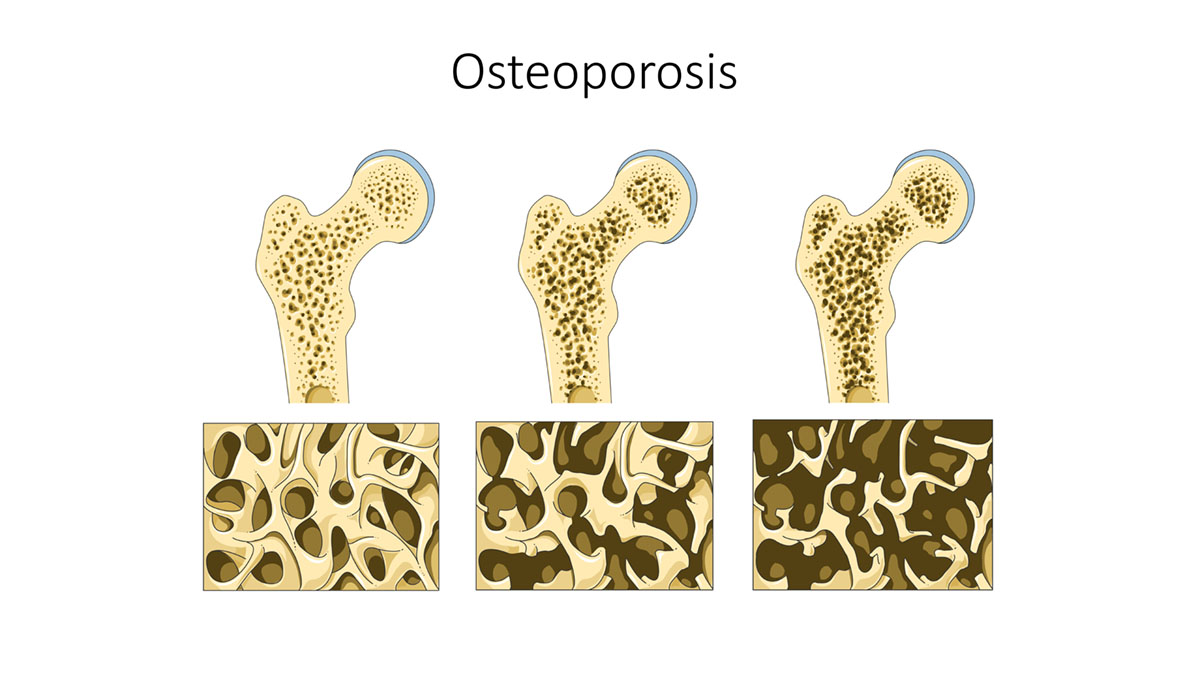

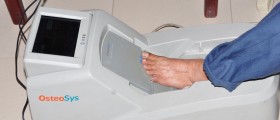


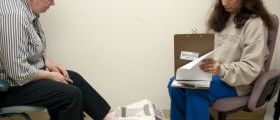


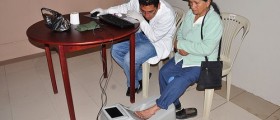




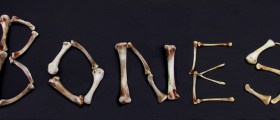


Your thoughts on this
Loading...